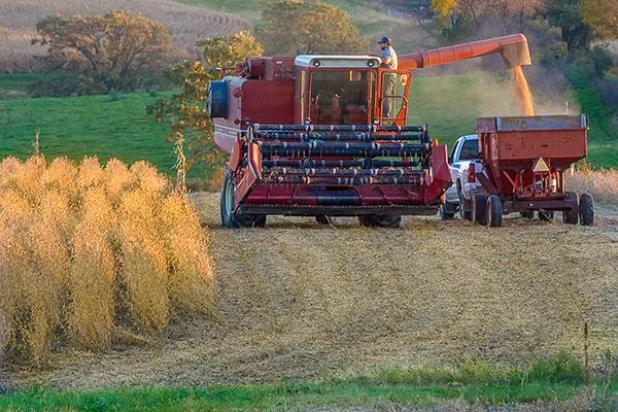
Colorado may not be part of the Midwest, but towns on the Eastern Plains share many things in common with towns in Midwestern states, including a robust agricultural economy.
Midwestern or not, Holyoke speaks the language of the heartland
Even though Colorado is rarely considered a Midwestern state, the Eastern Plains link up with the belts of corn and grain farmland that span much of the Midwest.
Because of this, eastern Colorado towns like Holyoke share the rural identity and a history of settlement similar to other Midwestern communities.
Holyoke natives are also familiar with and use many of the Midwesternisms that pepper conversation in the American breadbasket.
Here are some facts about the way of speaking that sets the Midwest, and the Eastern Plains, apart from the rest of the country:
One region, many dialects
According to linguists, the unique vocabulary and inflection commonly thought of as “Midwestern” actually consists of three dialects, spoken natively in more than a dozen states.
For those around the Great Lakes, the dominant dialect is Inland North American English. Some of the things that make the dialect distinguishable from mainstream American English are the pronunciation of the short “o” sound in words like “pot” and “off” and the “a” sound in words like “palm” further in the front of the mouth.
Midland American English extends from Kansas and Nebraska as far west as Ohio, and from Iowa in the north to Arkansas in the south. Unlike speakers of Inland North American English, Midland American English speakers pronounce the words “cot” and “caught” the same and also shorten some expressions by dropping words.
Most people recognize North-Central American English for its long “o” sounds and as the dialect from the 1996 film “Fargo.” It’s often associated with Minnesota and is heavily influenced by the legacy of European settlers in the region.
Although not formally considered part of the Midland American English region, Holyoke is on the border with Nebraska, and local conversation includes elements of the dialect.
Lunch, dinner and supper
The distinction between lunch, dinner and supper in some parts of the country is believed to have originated from the gradual split between urban and rural communities.
In rural areas, the word “dinner” is sometimes used to mean the meal eaten around noon, which others would call “lunch,” while “supper” is used to mean the meal eaten in the evening. Historically, in whatever context the word was used, dinner was the largest meal of the day, which farmers would eat at midday to have the strength to complete their work.
The origins of dinner and supper also give clues to their dialectical meaning. Supper comes from an Old French word meaning “evening meal” and shares its etymology with “soup,” which was eaten in the evening.
Today, dinner is used to mean the midday meal in areas with robust agricultural histories, such as the Midwest and the South.
The full article is available in our e-Edition. Click here to subscribe.
